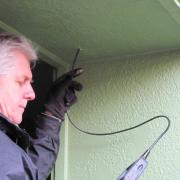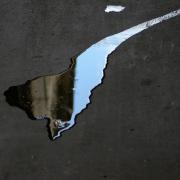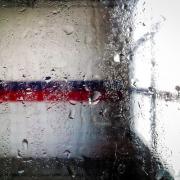Avoiding and Addressing Problems
 The construction process is a minefield for the uninitiated. Even the most experienced professionals run into problems once in a while. ‘Avoiding and Addressing Problems’ is a compilation of expert knowledge about how to avoid and handle some of the most common mistakes and pitfalls of the construction process.
The construction process is a minefield for the uninitiated. Even the most experienced professionals run into problems once in a while. ‘Avoiding and Addressing Problems’ is a compilation of expert knowledge about how to avoid and handle some of the most common mistakes and pitfalls of the construction process.
If there is a specific topic you’d like David to address in a blog, ask a question.
Photo credit: pasukaru76 / Foter / CC BY
 Welcome to the Stewart Consulting Blog
Welcome to the Stewart Consulting Blog
Here you’ll find expert information on all things construction. If you have a specific issue you would like David to address in a blog, ask a question.







